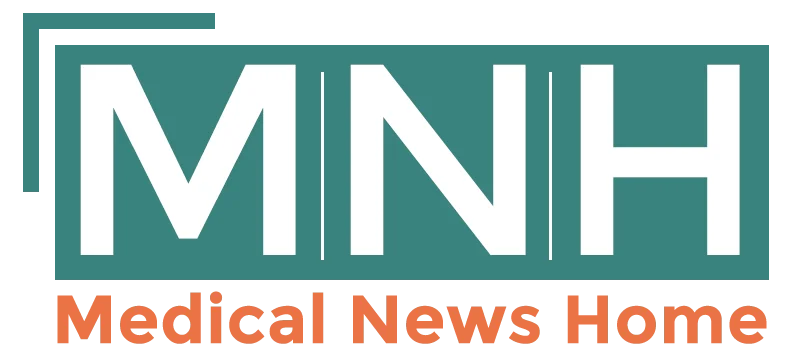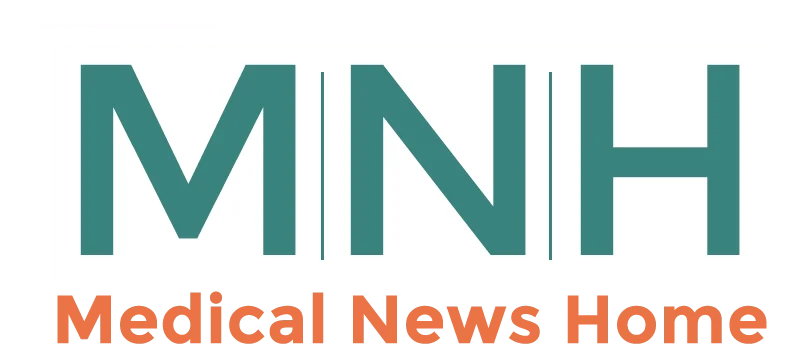The Impact of the COVID-19 Pandemic on Healthcare Technology
- Updated on: May 7, 2025
- Published on Jan 23, 2023

The COVID-19 pandemic has had a significant impact on healthcare technology, accelerating the adoption and integration of telemedicine, remote monitoring, artificial intelligence, electronic health records, robotics, and automation. This has allowed for improved patient care, increased efficiency and cost savings, but also highlighted the challenges and limitations of these technologies in a crisis situation. The pandemic also exposed vulnerabilities in healthcare supply chain and logistics, leading to shortages of personal protective equipment and other essential medical supplies.
Telemedicine
Telemedicine is the delivery of health-related services and information via telecommunication technologies, including video conferencing, remote monitoring, and electronic communication. The primary goal of telemedicine is to provide patients with access to healthcare services, regardless of their location. The technology has been around for decades, but its usage has been limited in the past due to a lack of infrastructure and reimbursement policies.
The COVID-19 pandemic has led to a significant increase in the usage of telemedicine as a means of providing medical services while minimizing exposure to the virus. Telemedicine has enabled healthcare providers to continue providing care to patients remotely and has also allowed for the expansion of services to underserved and remote areas.
The advantages of telemedicine include improved access to healthcare, increased efficiency and cost savings, and the ability to provide care to patients in remote or underserved areas. However, there are also challenges to telemedicine, including limitations in the quality of care, privacy and security concerns, and the need for adequate infrastructure and reimbursement policies to support its widespread adoption.
Remote Monitoring
Remote monitoring refers to the use of technology to collect and transmit health-related data from patients outside of traditional healthcare settings, such as hospitals or clinics. This data can include vital signs, medical device readings, and patient-reported outcomes, which are then analyzed and used to make clinical decisions. Remote monitoring has been used for a variety of medical conditions such as heart failure, diabetes and chronic obstructive pulmonary disease (COPD) management.
The COVID-19 pandemic has led to a significant increase in the usage of remote monitoring as a means of providing medical care while minimizing exposure to the virus. Remote monitoring has enabled healthcare providers to continue monitoring patients remotely and has also allowed for the expansion of services to underserved and remote areas.
The advantages of remote monitoring include improved patient outcomes, increased efficiency, and cost savings, as well as the ability to provide care to patients in remote or underserved areas. However, there are also challenges to remote monitoring, including limitations in the quality of care, privacy and security concerns, and the need for adequate infrastructure and reimbursement policies to support its widespread adoption. Additionally, for remote monitoring to be effective, patients must have access to the necessary technology and be able to use it properly.
Artificial Intelligence and Machine Learning
Artificial Intelligence (AI) and Machine Learning (ML) are technologies that enable computers to learn and make decisions without human intervention. In healthcare, AI and ML are used to analyze large amounts of patient data, such as electronic health records, imaging, and genomics, to improve patient outcomes, increase efficiency and reduce costs. Applications of AI and ML in healthcare include diagnostic imaging, drug discovery, and personalized medicine.
The COVID-19 pandemic has led to an increase in the use of AI and ML in healthcare, as a means of providing medical services while minimizing exposure to the virus. AI-driven chatbots were used to provide information about the virus and triage patients, and ML models were used to predict the spread of the virus and identify high-risk patients.
The advantages of AI and ML in healthcare include improved patient outcomes, increased efficiency and cost savings, and the ability to provide care to patients in remote or underserved areas. However, there are also challenges to AI and ML in healthcare, including limitations in the quality of care, privacy and security concerns, and the need for adequate infrastructure and reimbursement policies to support its widespread adoption. Additionally, there’s a concern about the lack of transparency and bias in AI models that may lead to detrimental effects on certain groups of people.
Electronic Health Records (EHRs)
Electronic Health Records (EHRs) are digital versions of a patient’s paper chart, which contains all of the clinical information about a patient’s medical history, including demographics, vital signs, medications, lab results, and progress notes. EHRs allow healthcare providers to access patient information from multiple locations, improving continuity of care and reducing medical errors.
The COVID-19 pandemic has led to an increase in the usage of EHRs as a means of providing medical services while minimizing exposure to the virus. EHRs have enabled healthcare providers to access patient information remotely and has also allowed for the expansion of services to underserved and remote areas.
The advantages of EHRs include improved patient outcomes, increased efficiency, and cost savings, as well as the ability to provide care to patients in remote or underserved areas. EHRs also help in providing better coordination of care and in reducing medical errors. However, there are also challenges to EHRs, including limitations in the quality of care, privacy and security concerns, and the need for adequate infrastructure and reimbursement policies to support its widespread adoption. Additionally, there are concerns about the potential for errors, such as in data entry, which could lead to negative consequences.
Robotics and Automation
obotics and automation in healthcare refer to the use of robots and automated systems to assist with various medical procedures, such as surgery, rehabilitation, and diagnostic imaging. Robotics and automation technologies have been used in healthcare for several decades, but their usage has been limited in the past due to high costs and technical challenges.
The COVID-19 pandemic has led to an increase in the usage of robotics and automation in healthcare, as a means of providing medical services while minimizing exposure to the virus. Robotics and automation have been used to disinfect and sterilize hospital rooms, transport samples and equipment, and assist with remote monitoring.
The advantages of robotics and automation in healthcare include improved patient outcomes, increased efficiency, and cost savings, as well as the ability to provide care to patients in remote or underserved areas. Robotics and automation also help to reduce human error and fatigue in repetitive tasks. However, there are also challenges to robotics and automation in healthcare, including limitations in the quality of care, privacy and security concerns, and the need for adequate infrastructure and reimbursement policies to support its widespread adoption. Additionally, there’s a concern about the high costs associated with these technologies and the need for specialized personnel to operate and maintain them.
Supply Chain and Logistics
The COVID-19 pandemic has had a significant impact on healthcare supply chain and logistics, with disruptions to the global supply of personal protective equipment (PPE), medications, and other essential medical supplies. The pandemic has highlighted the vulnerabilities and weaknesses of the healthcare supply chain, particularly its dependence on global sourcing and just-in-time delivery models.
The increase in demand for PPE and other medical supplies, coupled with disruptions in global trade, has led to shortages and delays in the delivery of essential goods. This has put a strain on healthcare systems and has forced providers to ration supplies and make difficult choices about who receives care.
The pandemic has also led to changes in the way healthcare is delivered, with an increase in telemedicine and remote monitoring, which has led to the need for new logistics and supply chain solutions to support these services.
The advantages of the healthcare supply chain during the pandemic include more resilience in the face of disruptions and more diverse sourcing options. However, the challenges include supply chain disruptions, shortage of essential goods, and increased costs. Additionally, the pandemic has also shown the need for better coordination and collaboration among healthcare organizations, governments, and industry to ensure that essential goods and services are available to those who need them the most.


